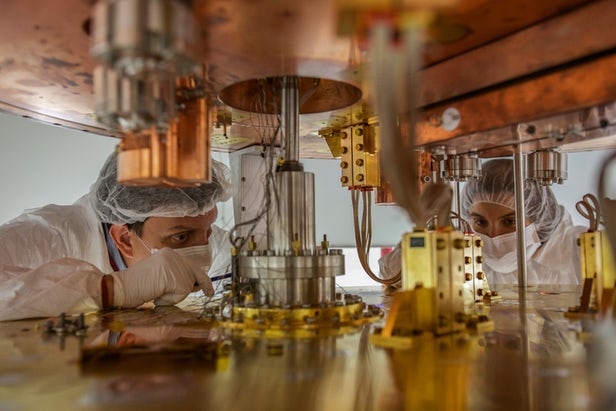
Breaking News
 2 Hours of Retro Sci-Fi Christmas Songs | Atomic-Age Christmas at a Snowy Ski Resort
2 Hours of Retro Sci-Fi Christmas Songs | Atomic-Age Christmas at a Snowy Ski Resort
 Alternative Ways to Buy Farmland
Alternative Ways to Buy Farmland
 LED lights are DEVASTATING our bodies, here's why | Redacted w Clayton Morris
LED lights are DEVASTATING our bodies, here's why | Redacted w Clayton Morris
Top Tech News
 Travel gadget promises to dry and iron your clothes – totally hands-free
Travel gadget promises to dry and iron your clothes – totally hands-free
 Perfect Aircrete, Kitchen Ingredients.
Perfect Aircrete, Kitchen Ingredients.
 Futuristic pixel-raising display lets you feel what's onscreen
Futuristic pixel-raising display lets you feel what's onscreen
 Cutting-Edge Facility Generates Pure Water and Hydrogen Fuel from Seawater for Mere Pennies
Cutting-Edge Facility Generates Pure Water and Hydrogen Fuel from Seawater for Mere Pennies
 This tiny dev board is packed with features for ambitious makers
This tiny dev board is packed with features for ambitious makers
 Scientists Discover Gel to Regrow Tooth Enamel
Scientists Discover Gel to Regrow Tooth Enamel
 Vitamin C and Dandelion Root Killing Cancer Cells -- as Former CDC Director Calls for COVID-19...
Vitamin C and Dandelion Root Killing Cancer Cells -- as Former CDC Director Calls for COVID-19...
 Galactic Brain: US firm plans space-based data centers, power grid to challenge China
Galactic Brain: US firm plans space-based data centers, power grid to challenge China
 A microbial cleanup for glyphosate just earned a patent. Here's why that matters
A microbial cleanup for glyphosate just earned a patent. Here's why that matters
 Japan Breaks Internet Speed Record with 5 Million Times Faster Data Transfer
Japan Breaks Internet Speed Record with 5 Million Times Faster Data Transfer
"CUORE" experiment seeks to get to the heart of the matter – and antimatter

For every atomic particle there exists a complementary particle with equal mass but opposite charge: such is the case, for instance, with electrons and positrons, protons and antiprotons, neutrons and antineutrons. For each pair of particles, one is designated as ordinary matter and the other as antimatter (the one exception being Majorana fermions, chargeless particles – such as photons – that act as their own antiparticles).
Astrophysics tells us that the Big Bang should have produced equal amounts of matter and antimatter, but this is clearly not the case. The reason for this imbalance is a still a mystery, but may lie in the nature of the neutrino, a nearly massless subatomic particle that – just like the photon – may act as its own antiparticle. If neutrinos are indeed Majorana fermions, they may have decayed asymmetrically in the early universe and given rise to the preponderance of matter over antimatter that we see today.

 $100 SILVER CONFIRMED?
$100 SILVER CONFIRMED?

